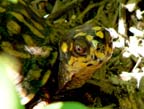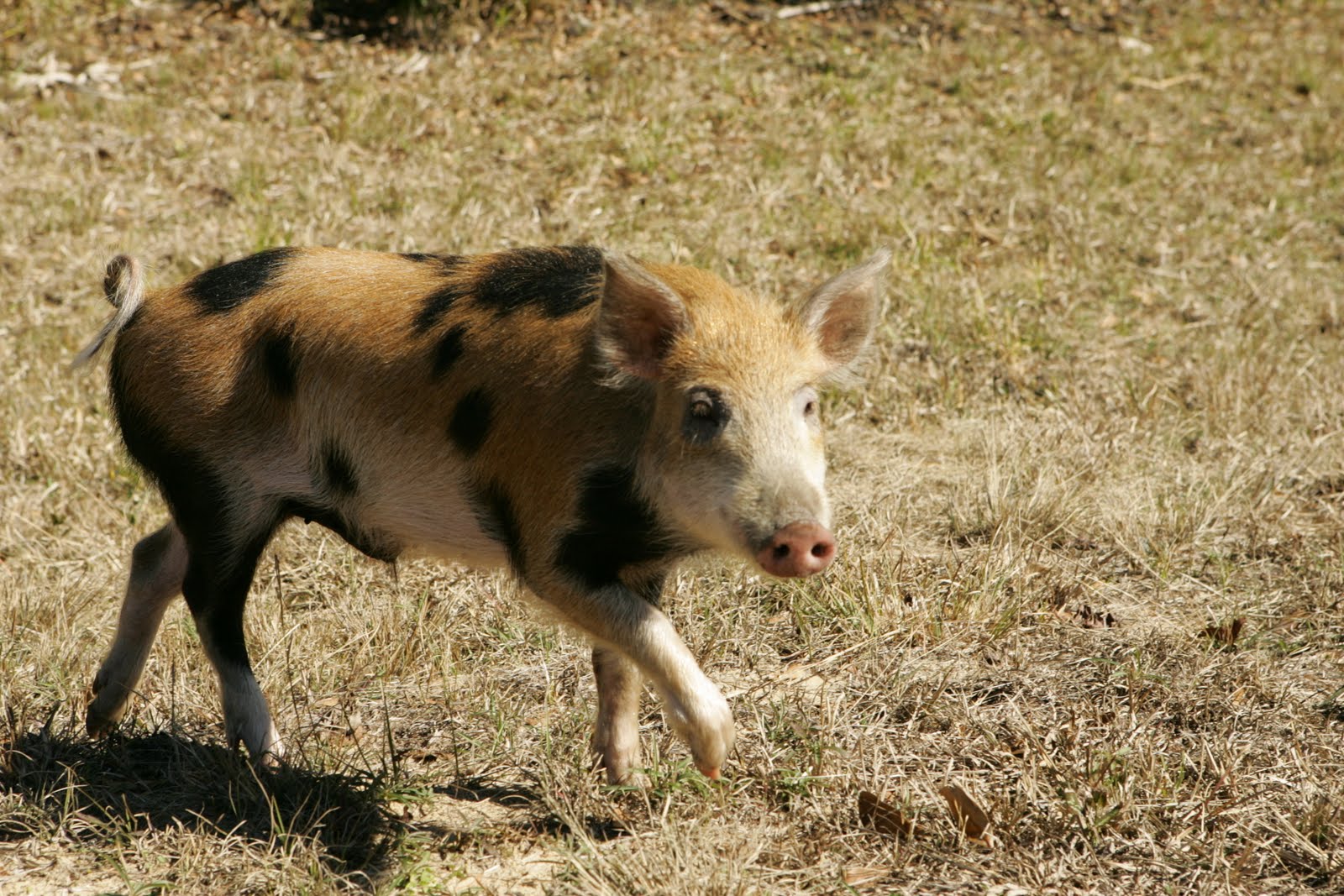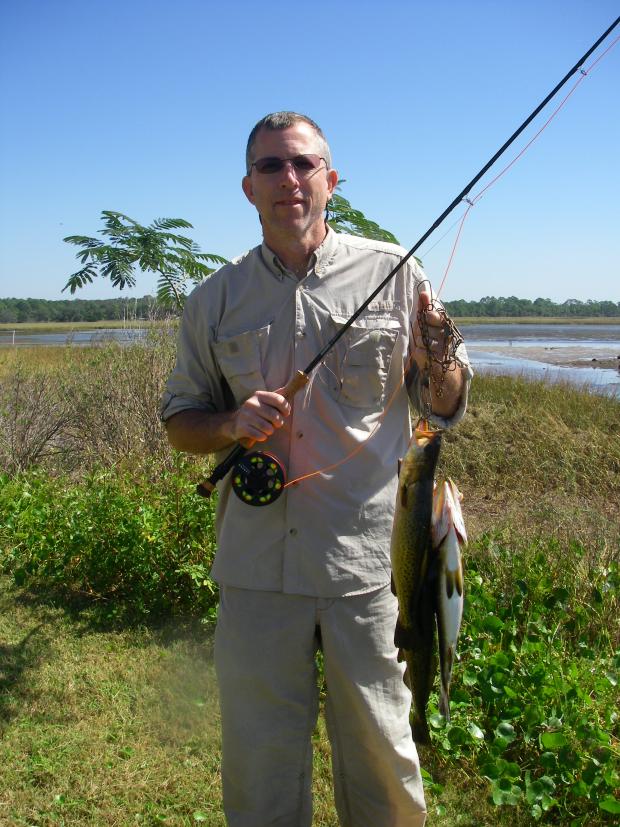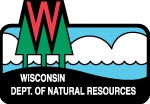Because the federal government shutdown has shutdown not only the USFWS website, but all the DOI websites, here is the USFWS press release announcing its operations or lack there of during the shutdown:
U.S. Fish and Wildlife Service Suspends Operations Due to Federal Government Lapse in Appropriations
Because of the shutdown of the federal government caused by the lapse in appropriations, the U.S. Fish and Wildlife Service will suspend most programs and operations, including public access to all National Wildlife Refuges and all activities on refuge lands including hunting and fishing.
“Closing off public access to our national wildlife refuges and public lands is the last thing we want to do, but is consistent with operations called for during a government shutdown” said Director of the U.S. Fish and Wildlife Service Dan Ashe. “This is difficult news for the families, birdwatchers, hunters and anglers, and recreationists who enjoy the great outdoors on the refuges – as well as for the many local businesses who depend on the tourism and outdoor recreation economy they generate. I think it’s most difficult for the thousands of furloughed Service employees who are impacted in carrying out their mission to protect our nation’s resources and providing for their families.”
Main impacts to the U.S. Fish and Wildlife Service from the lapse in appropriated funding include:
• All 561 National wildlife refuges are closed to public access. Visitor centers and other buildings are closed.
• The National Wildlife Refuge System hosts more than 46.5 million people per year, and generates more than $342 million in local, county, state and federal tax income. Refuges also support more than 35,000 private-sector jobs.
• All activities on federal lands and in public buildings are canceled. This includes hunting and fishing activities on refuge lands.
• No permitting work or consultations will occur with respect to the Endangered Species Act, Bald and Golden Eagle Protection Act, the Convention on Trade in Endangered Species, the Lacey Act or the National Environmental Policy Act.
• The shutdown will affect more than 7,000 Service employees, who are furloughed until an appropriation is passed.
• Employees and others may not volunteer their services on behalf of Service functions or on federal lands.
Services and programs that will remain operational fall into the following exempted categories:
• Programs financed by sources other than annual appropriations.
• Activities expressly authorized by law.
• Activities necessary to protect life and property.
• Federal Aid in Wildlife Restoration and Sport Fish Restoration.
• Natural Resource Damage Assessment Fund activities
• Refuge Law Enforcement emergency operations
• Firefighting emergency operations
• Care and feeding activities at hatcheries and captive breeding facilities.
Because the website will not be maintained, the U.S. Fish and Wildlife Service website will be down for the duration of the shutdown. Additional information will be available at www.DOI.gov/shutdown as well as at OPM.gov, which will contain information about the government’s operating status on Tuesday, Oct.1, 2013, and the days following.
 A central Massachusetts land owner sued for the right to build on his property without restriction, despite the fact that the land was deemed “priority habitat” for the state endangered Eastern box turtle. The case was first heard in court in 2009.
A central Massachusetts land owner sued for the right to build on his property without restriction, despite the fact that the land was deemed “priority habitat” for the state endangered Eastern box turtle. The case was first heard in court in 2009.
 In an attempt to stop the spread of free-range Eurasian boar, the State of New York has proposed to ban the public from hunting or trapping them. Public comments are open until January 25, 2014.
In an attempt to stop the spread of free-range Eurasian boar, the State of New York has proposed to ban the public from hunting or trapping them. Public comments are open until January 25, 2014. According to
According to After 40 years as the Wisconsin Bureau of Endangered Resources, the program charged with caring for that state’s endangered resources is now known as the Bureau of Natural Heritage Conservation. The change took place on July 1.
After 40 years as the Wisconsin Bureau of Endangered Resources, the program charged with caring for that state’s endangered resources is now known as the Bureau of Natural Heritage Conservation. The change took place on July 1. The N.H. Fish and Game’s Nongame and Endangered Wildlife Program celebrates its 25th anniversary this month.
The N.H. Fish and Game’s Nongame and Endangered Wildlife Program celebrates its 25th anniversary this month.